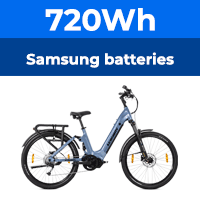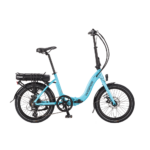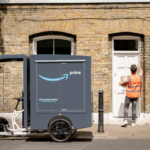After a bit of advice as I seem to be tying myself up in knots over which battery..
I've two bikes in the process of being put together. One's a mac motor'd 26" mountain bike with CA & all the stuff, the other is a Brompton with either S12S & display, or just KU123 and a 100mm hub motor.
Part of me says just get a battery from Em3ev but i'd like to be able to switch it between bikes, their triangle pack doesn't really suit the Brompton. So I think rectangular and then I start to think why not use RC LiPos (I have one 7.2 12.8Ah and a good Graupner Ultramat charger, previously used as a booster so I could just add 6 of these and buy a suitable 58.8v charger).
Then I look at BMS but there's no mention of shipping cost and I'm unsure of import duty with either.
Ideally 15+Ah 48v (my 18mile run to work used to pretty much use a 10Ah36V).
Brain's going into orbit..
I've two bikes in the process of being put together. One's a mac motor'd 26" mountain bike with CA & all the stuff, the other is a Brompton with either S12S & display, or just KU123 and a 100mm hub motor.
Part of me says just get a battery from Em3ev but i'd like to be able to switch it between bikes, their triangle pack doesn't really suit the Brompton. So I think rectangular and then I start to think why not use RC LiPos (I have one 7.2 12.8Ah and a good Graupner Ultramat charger, previously used as a booster so I could just add 6 of these and buy a suitable 58.8v charger).
Then I look at BMS but there's no mention of shipping cost and I'm unsure of import duty with either.
Ideally 15+Ah 48v (my 18mile run to work used to pretty much use a 10Ah36V).
Brain's going into orbit..







